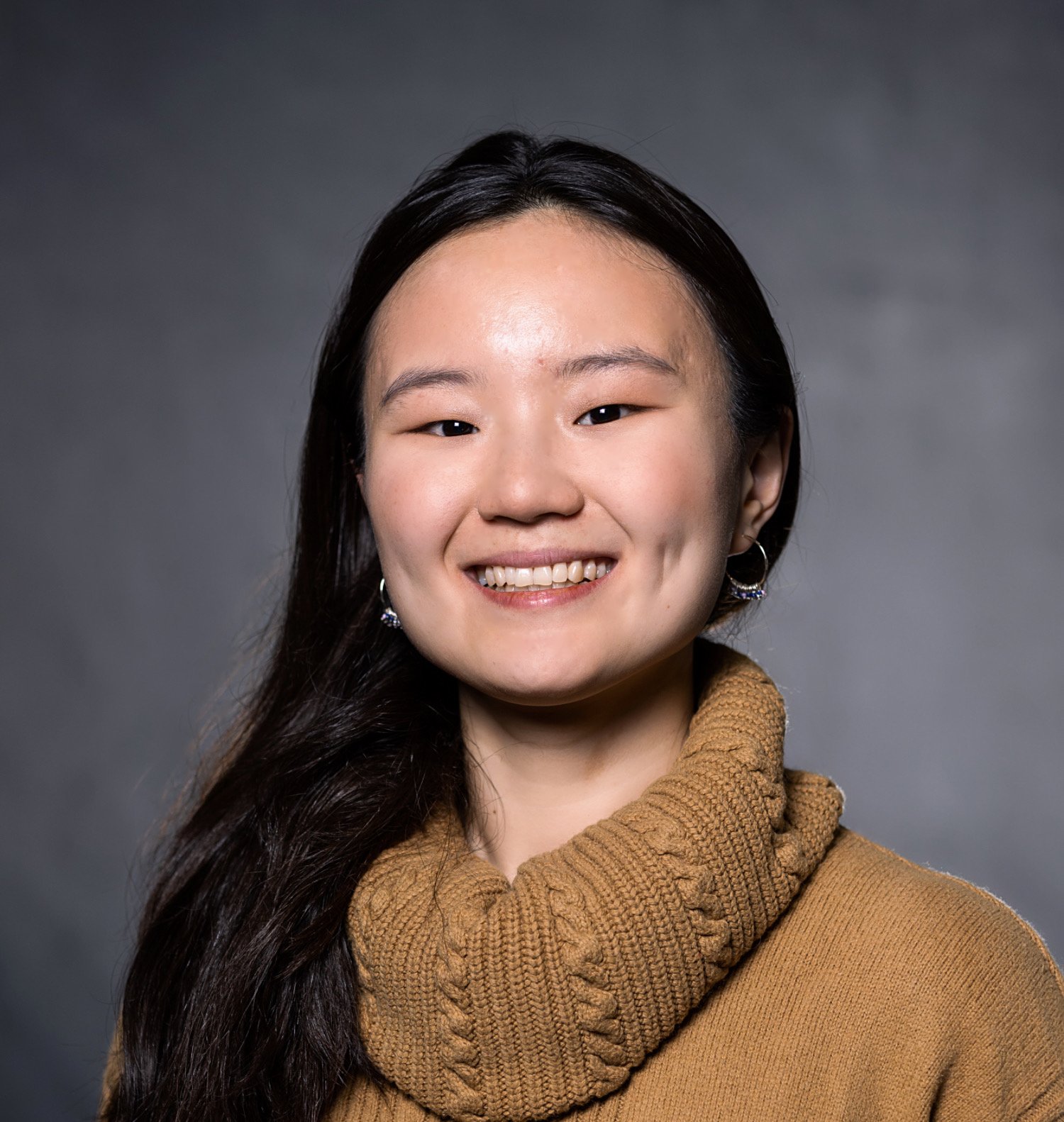
Rui Cheng, Ph.D.
Assistant Professor in Robotics, Sensors, and Manufacturing in Sustainable Agriculture and Environmental Management.
What are you Driven to Discover™?
I would like to provide educational materials and instruments to support youth/citizen scientists monitoring the changing climate and vegetation in their surrounding environments e.g., wetlands, forests, and agriculture in Minnesota. I hope they are motivated to discover the environmental impacts of changing climate by collecting their own data. I am also excited to mentor youth/citizen scientists to participate in scientific research in my lab.
What is the impact of your research in your field?
My research goal is to better project the potential of terrestrial ecosystems as a natural-based solution for mitigating climate change. My research projects provide new insights into the productivity of terrestrial ecosystems (carbon removal potential) and the complicated feedbacks between plants and climate using advanced remote sensing techniques. I explore the full potential of emitted and reflected radiation from the Earth's surface, e.g., Solar-Induced Chlorophyll Fluorescence (leaf glows!), to infer the carbon, water, and energy transport through the continuum of soil-plant-atmosphere. With these new insights, my research can better estimate the amount of carbon plants can remove from the atmosphere under the changing climate, especially in understudied and challenging areas without easy access, such as the Arctic, the tropics, and mountains.
How can people see the impact of your research on everyday life?
Your backyard gardens, the wetlands and forests you like to hike in, and agriculture fields providing food in your kitchens are terrestrial ecosystems under the impact of changing climate. For example, warmer winters may promote the early onset of the growing season and flower, while droughts can inhibit plant growth causing crop failure and wildfires. My research monitors the vegetation growth in terrestrial ecosystems from satellites and ground-based instruments to study vegetation response to climate change and predict the resistance of terrestrial ecosystems under the changing climate. The immediate impact of my research on everyday life includes but is not limited to better monitoring the health of natural resources, strategically restoring natural ecosystems, assisting wildfire management, and improving crop yields with efficient water use.
What drew you to your field of study?
I found my initial motivations in road trips. I have always been fascinated by the changing climate and landscapes from the Gobi desert to Arctic tundra and tropical rain forests. As an Atmospheric Science major in college, I learned how climate shapes the landscape, while vegetation influences climate and mitigates climate change, which ultimately drew my research interest in further studying the land-climate feedbacks.
What is your favorite research/lab tool and why?
My favorite research tool is PhotoSpec, a 2-D scanning telescope equipped with hyper-spectrometers. It is a state-of-the-art automated instrument to provide validation for a variety of satellite instruments. The small footprint of PhotoSpec provides opportunities to customize the observational targets. Since PhotoSpec is often installed on Eddy Covariance towers, which provide direct measurements of carbon exchanges between land and atmosphere, the pair of PhotoSpec and an Eddy Covariance tower is a powerful field instrument to understand the land-climate coupling locally.
What do you consider to be your greatest research accomplishment thus far in your career?
I am proud of my expertise in both climate dynamics and terrestrial ecology. My research always combines observations (in situ and remote sensing) and process-based models to mechanistically understand connections between climate and ecosystems.
What is your favorite part about teaching and mentoring students?
I like to teach the scientific method to my students. I feel most accomplished when my students/mentees can scientifically solve a question (hypothesis - experiment - analysis - conclusion). Meanwhile, I enjoy the creativity brought by my students/mentees from different backgrounds.
What is your favorite remote sensing or robotics fact?
My favorite remote sensing fact is “one man’s trash is another man’s treasure”. The atmosphere can interfere with the emitted/reflected radiation and blind satellite instruments. To study the process on the Earth's surface, we need to find spectral gaps that are less impacted by the atmosphere. However, if we are interested in atmosphere compositions, we should look for spectral bands that are under the impact of specific atmospheric compositions.
What do you look forward to most once you settle into living in Minnesota?
Cross-country skiing! I am already a snowboarder, but I would like to take advantage of long winters in Minnesota and try a new sport!